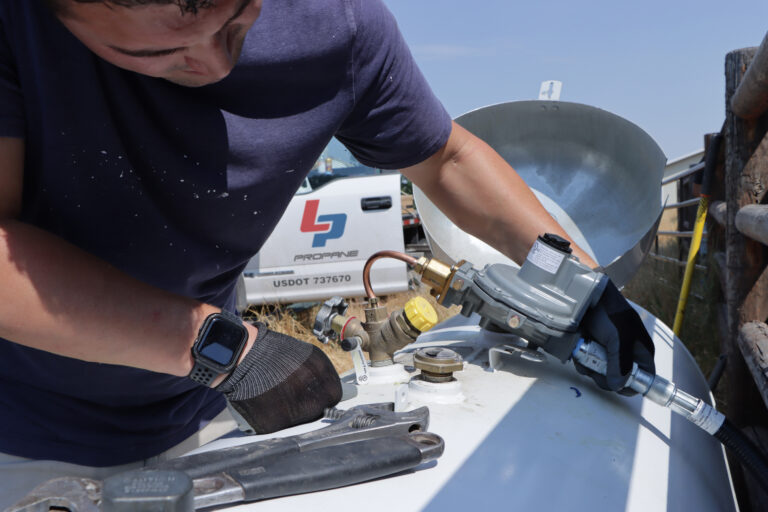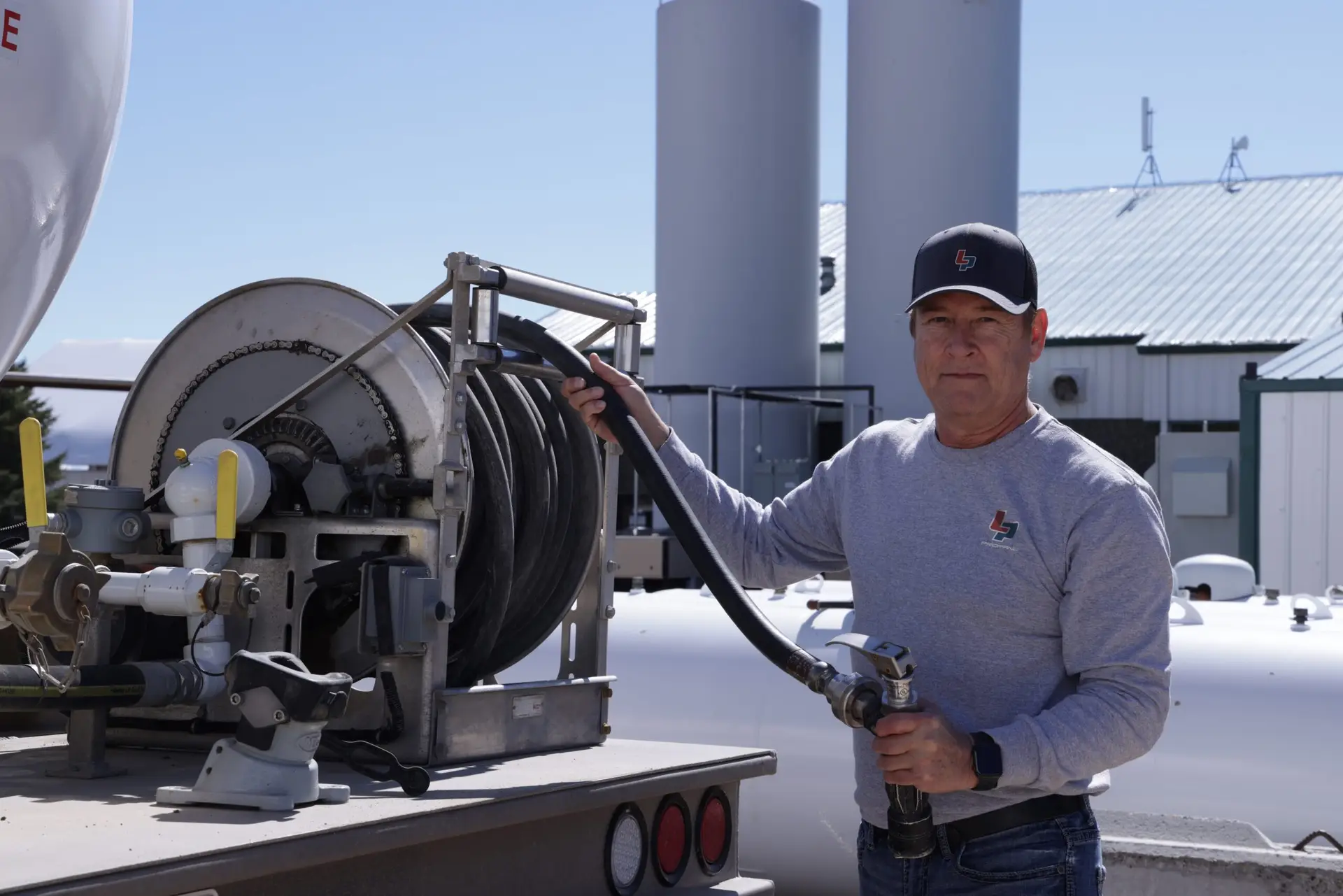
Global Propane Market Impacts
Trump’s 2025 Orders: Global Propane Market Impacts When President Trump signed sweeping 2025 executive orders to accelerate U.S. energy production, propane included, he triggered chain reactions far beyond the nation’s shores. The accelerated deregulation, export-oriented policies, and vigorous promotion of

